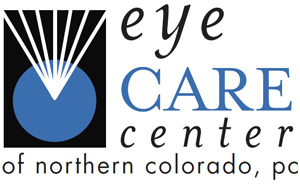Glaucoma Treatment
When choosing the best course of treatment for glaucoma we consider the kind of glaucoma you have, the stage of the disease, and your lifestyle.
Glaucoma eye drops
In many cases, we begin medical therapy with eye drops. These can help decrease eye pressure by improving how fluid drains from your eye or by decreasing the amount of fluid your eye makes. We monitor the responsiveness and make changes depending on eye pressure and visual field changes.
Selective Laser Trabeculoplasty
Selective Laser Trabeculoplasty, or SLT, is a form of laser surgery where the energy from the laser is applied to the drainage tissue in the eye. These short pulses of low energy starts a chemical and biological change in the tissue that results in better drainage of fluid through the drain and out of the eye. It can take 1-3 months for the results to appear.
Peripheral Iridotomy
In angle closure or narrow angle glaucoma, laser iridotomy is the preferred method of treatment. In this procedure, a tiny hole is placed in the iris to allow the iris to fall away from the drainage area inside the eye. This hole acts as a type of “escape” valve so that the pressure in the front of the eye equalizes the pressure in the back of the eye.
Minimally Invasive Glaucoma Surgery (MIGS)
Xen gel stent, hydrus stent, lstent, endoscopic photocoagulation and goniotomy, amongst others that can be combined with cataract extraction for mild to moderate glaucoma.
Trabeculectomy
This surgical operation lowers the intraocular pressure inside the eye by making a small hole in the eye wall (sclera), covered by a thin “trap-door”. This lets fluid leak from inside the eye, out through the wall of the eye, and under the covering tissue where it slowly is absorbed. This procedure reduces the pressure on the optic nerve and prevents or slows further loss of vision in glaucoma.
Tube Shunt
Tube shunt surgery involves placing a flexible silicone tube with an attached silicone drainage pouch in the eye to help drain fluid from the eye. The advantage of tube-shunt surgery for glaucoma is that there is less chance of severe scarring that can block the drainage opening. This is an important consideration for people who have had prior surgery for glaucoma that did not work.
Cyclophotocoagulation (CPC)
Both micropulse and g probe transcleral CPC is offered to help target the ciliary body to reduce the amount of aqueous humor being produced by the eye. It is often used in refractory types of glaucoma.
